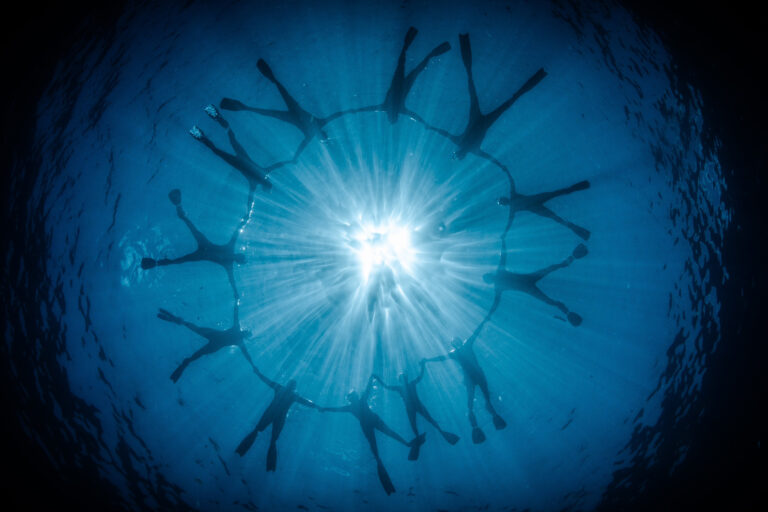
Share
↑ Hours of affectionate grooming cement the tight bonds between a mother and her cubs.
Words and Images by Jon McCormack | February 2025
I’ve spent countless days photographing African wildlife. While I usually have a general focus in mind, I often end up capturing whatever crosses my path. To break free from these familiar patterns, I decided to shake things up and challenge myself: What if I dedicated an entire trip to documenting just one cheetah family?
Narrowing my focus to one family of cheetahs required more planning and flexibility than any trip I had taken before. I packed a diverse array of lenses, from wide-angle to super-telephoto, and studied the work of other wildlife photographers—not to mimic their styles, but to be inspired by the vast possibilities of storytelling through imagery.
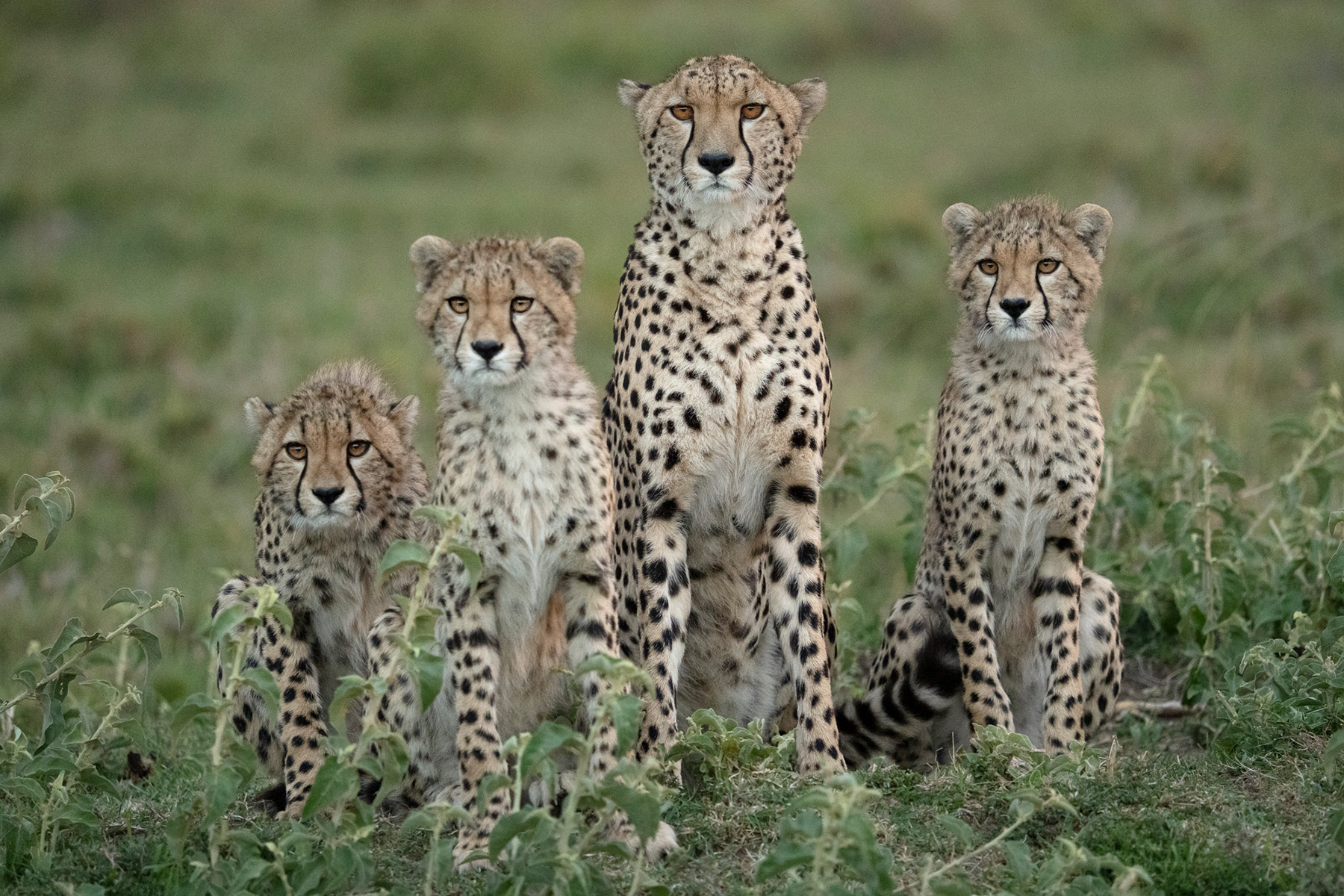
After each game drive, I would review my images to look for technical flaws and gauge how well the photos were telling the cheetahs’ story. Unfortunately, my first batch of images felt flat: typical animal portraits, captured with good light and pleasing composition, but lacking a deeper narrative. I had achieved what photographer Paul Nicklen calls “the first 20%”—safe, expected images.
Determined to go beyond these superficial shots, I established five rules for myself:
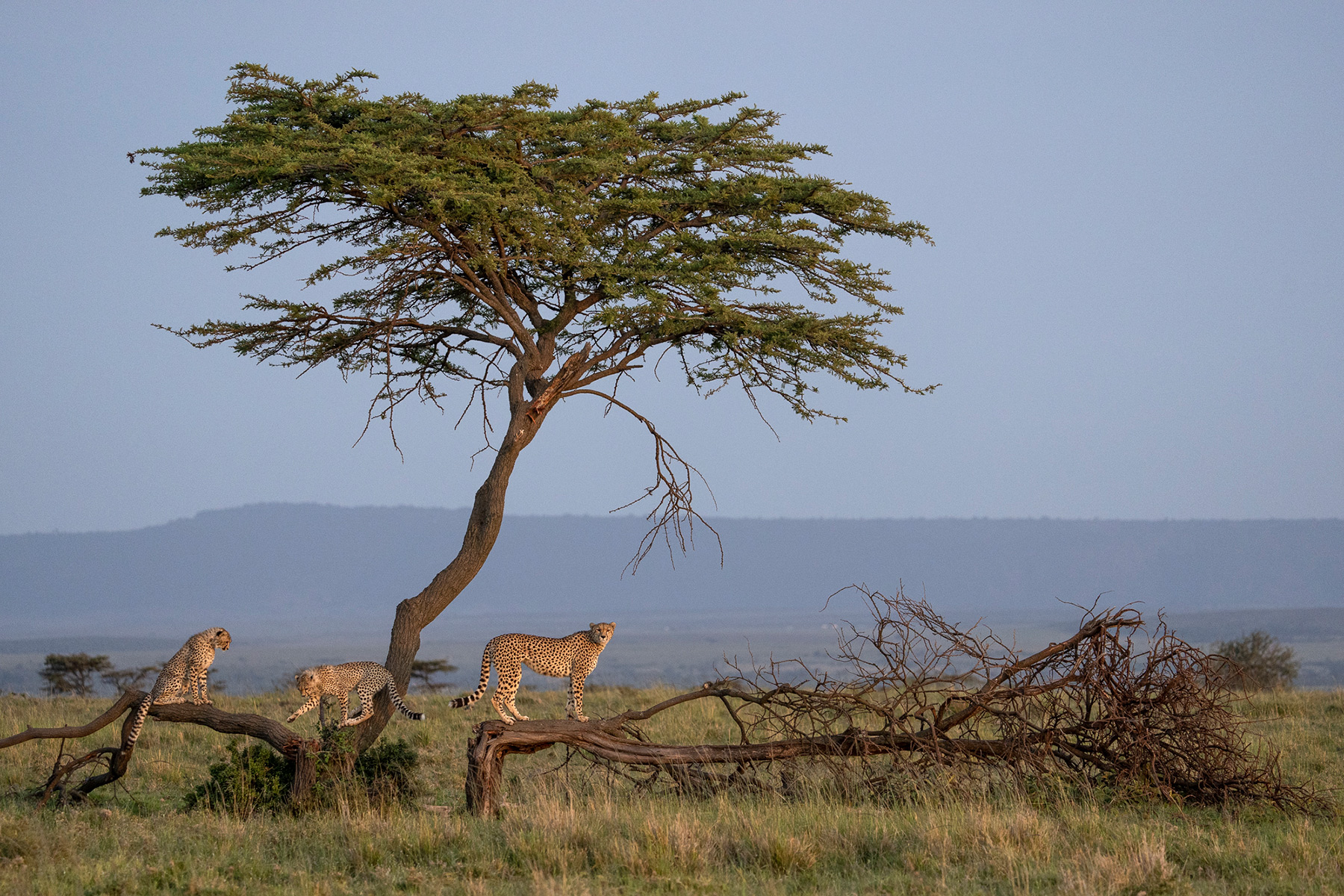
Many early shots didn’t meet my expectations, but I began to see these images as “sketches”—visual drafts of what I was trying to achieve. Instead of discarding them, I used these photos as learning tools to refine my technique.
Spending so much time with a single family of cheetah’s also led to intimate, unexpected moments. One morning, the cubs turned my vehicle into a playground, running around and beneath it, pausing occasionally to curiously study the odd creature behind the camera. I typically needed a 200mm lens to frame them properly, but in this instance, I found myself face-to-face with a curious cub through a 24mm lens—an unforgettable connection.
As I refined my focus, I could dedicate entire shoots to specific behaviors: a mother grooming her cub, siblings at play, or the subtle body language of a hunt. This allowed me to move beyond the frantic desire to capture every action and instead create images that conveyed a deeper understanding of the animals’ lives.
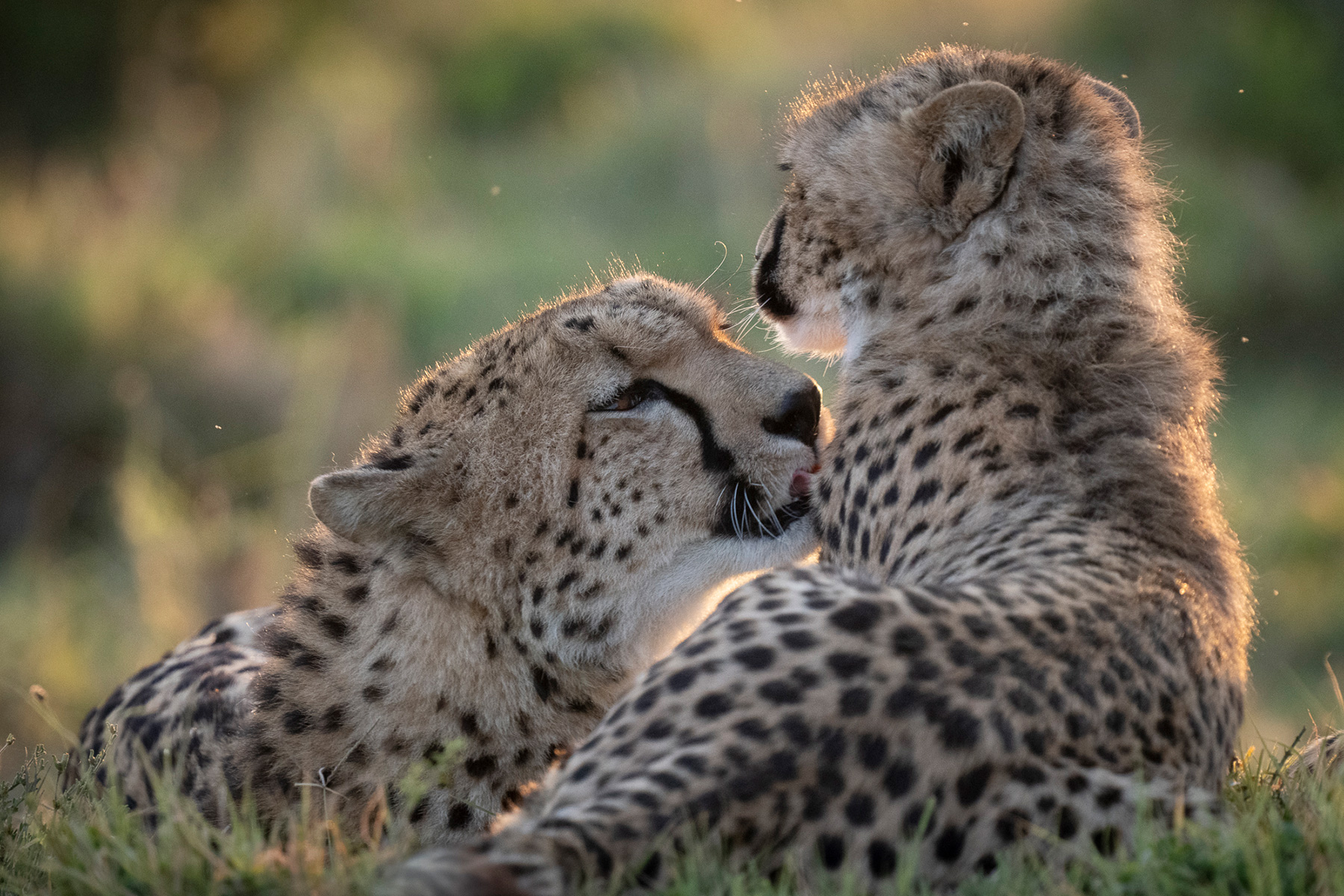
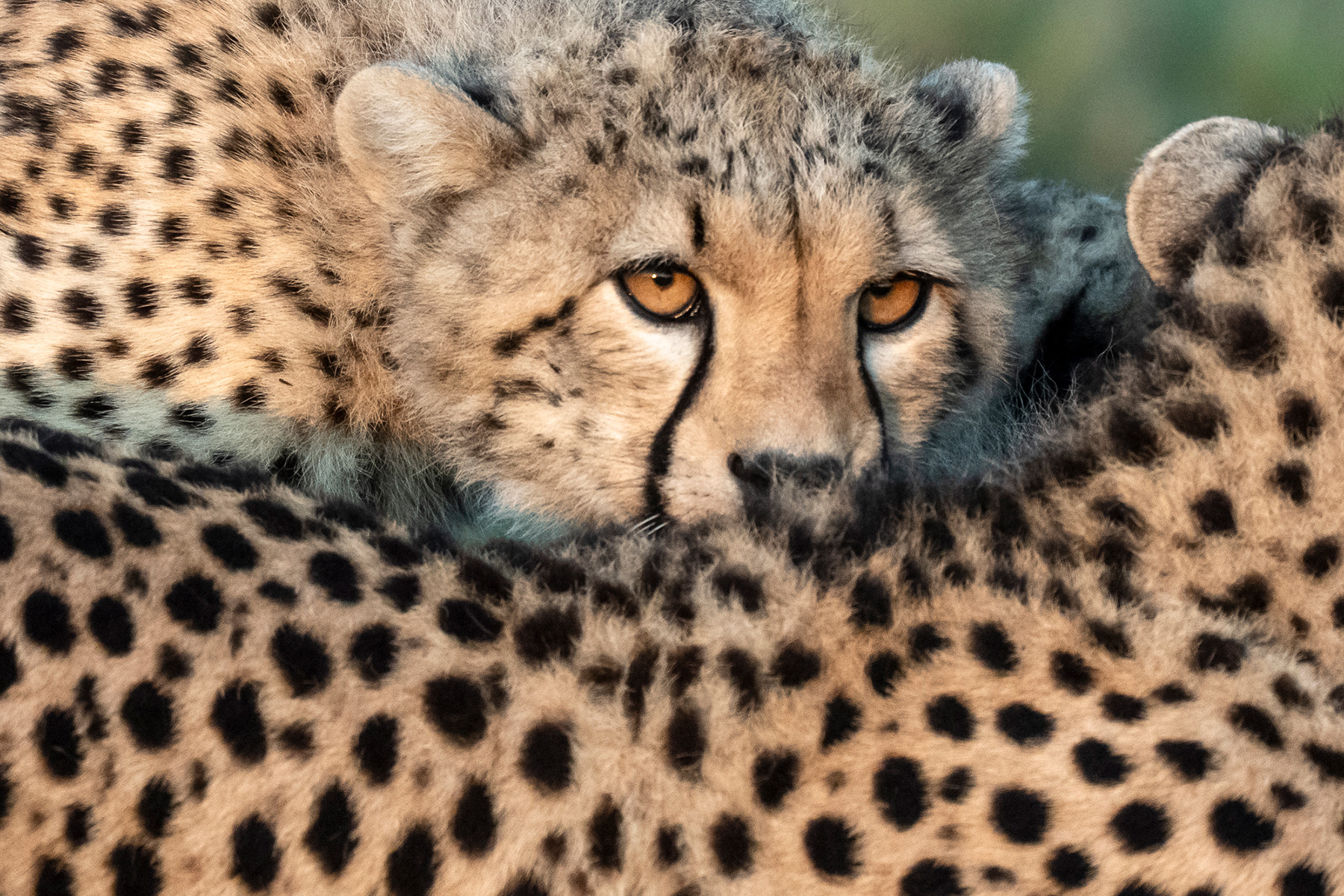
There’s always a fear, on any trip, of missing out on something better elsewhere. But as I boarded my plane home, I knew the experiment had been worth it. Not only had I gained a deeper understanding of cheetahs, but my images reflected richer stories and more expressive moments.
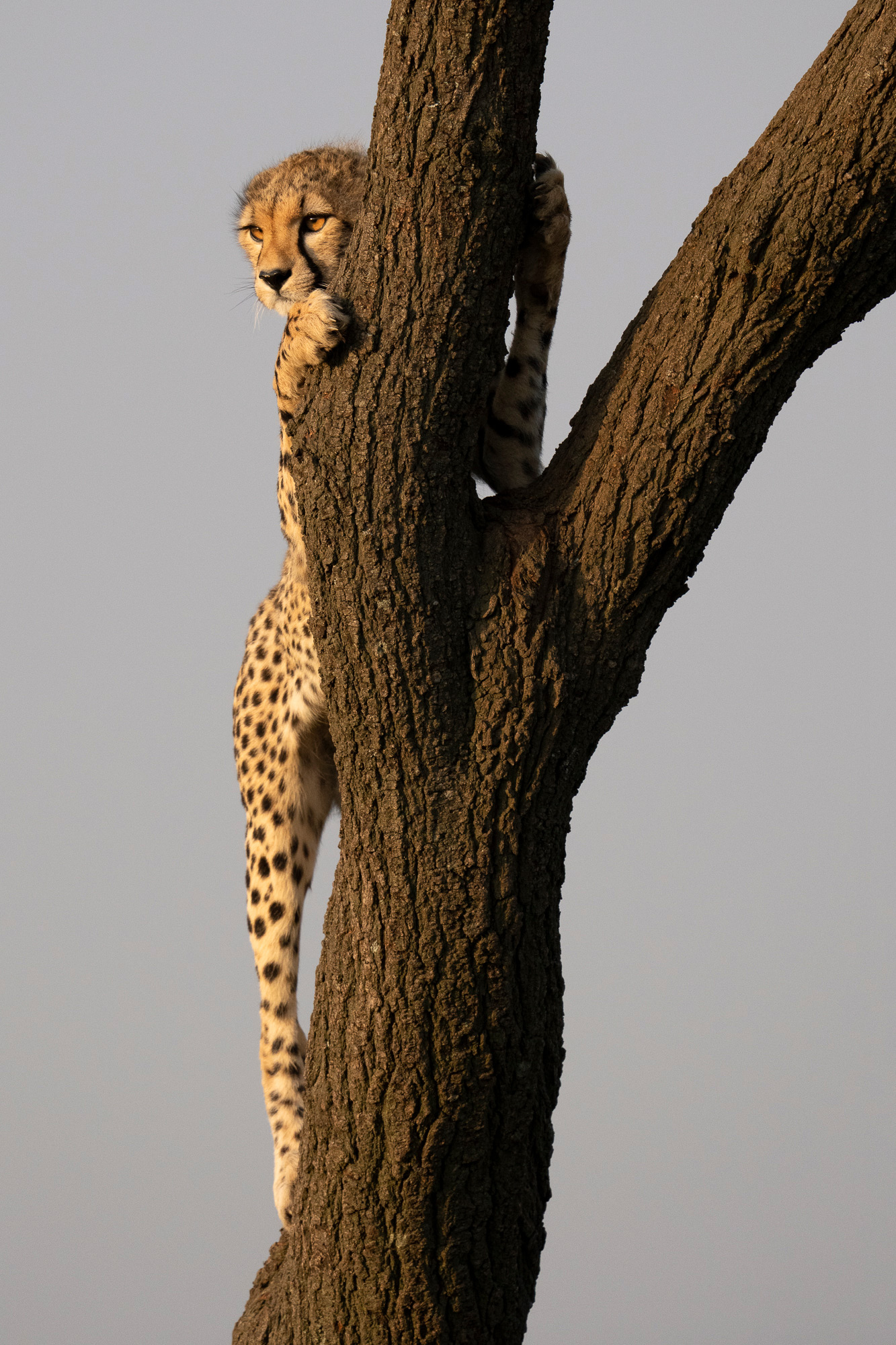
This project shifted my thinking from capturing individual “hero shots” to building cohesive bodies of work. A true body of work tells a story—it has a beginning, middle, and end, and each image contributes to the overarching narrative. This approach has transformed not only my wildlife photography but also my underwater and landscape photography.
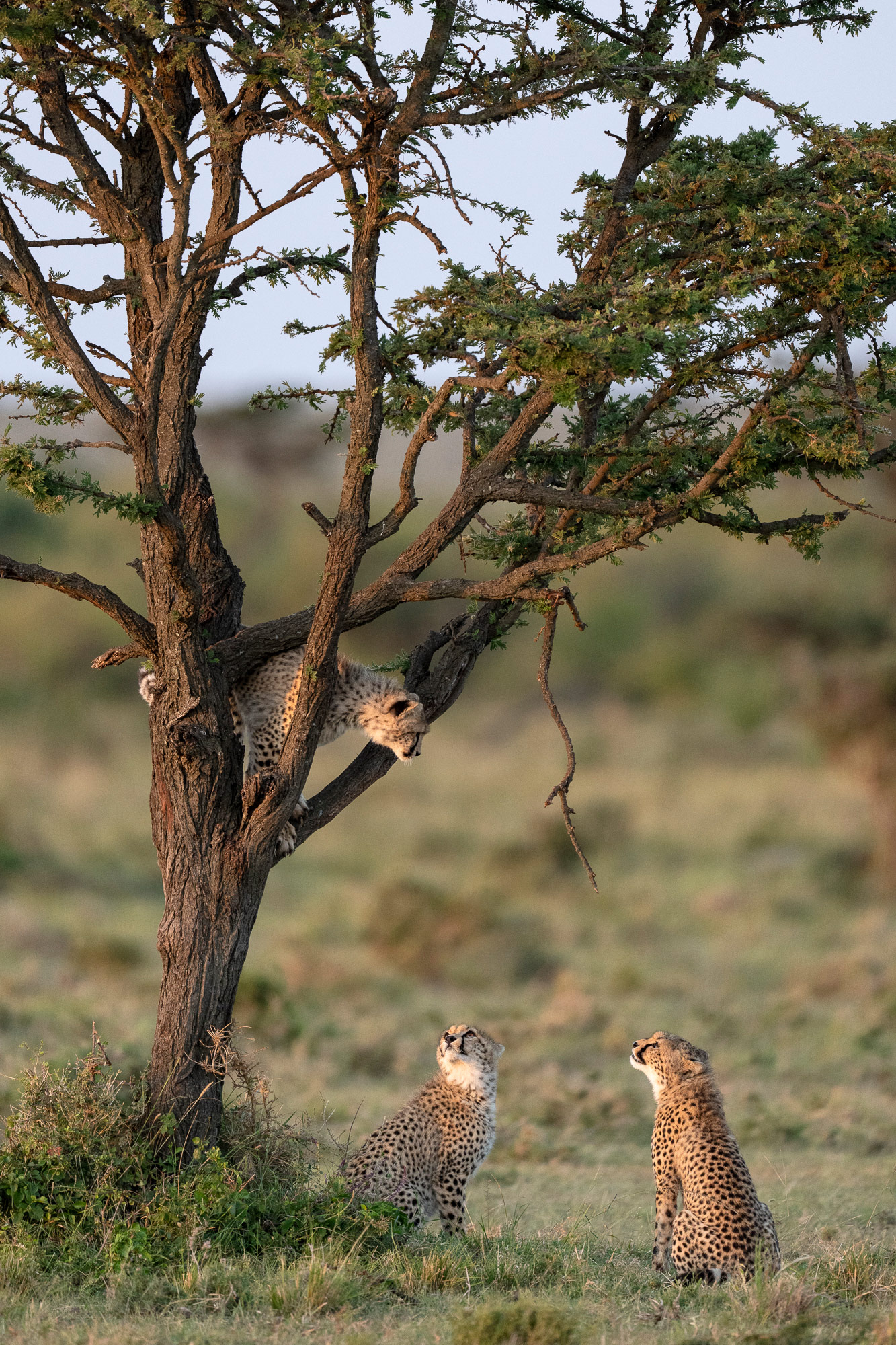
You don’t need to travel to Africa to embrace this mindset. The same principles apply to local projects—whether documenting urban wildlife, working with animal shelters, or building long-term relationships with national parks. By focusing deeply on a single subject or theme, you can create meaningful, impactful stories no matter where you are.
Wildlife photography isn’t just about capturing a beautiful frame; it’s about patience, persistence, and pushing beyond the easy shots to reveal deeper narratives. Focusing on a single subject allows for unexpected moments of connection, while the concept of building a body of work elevates the impact of your images.
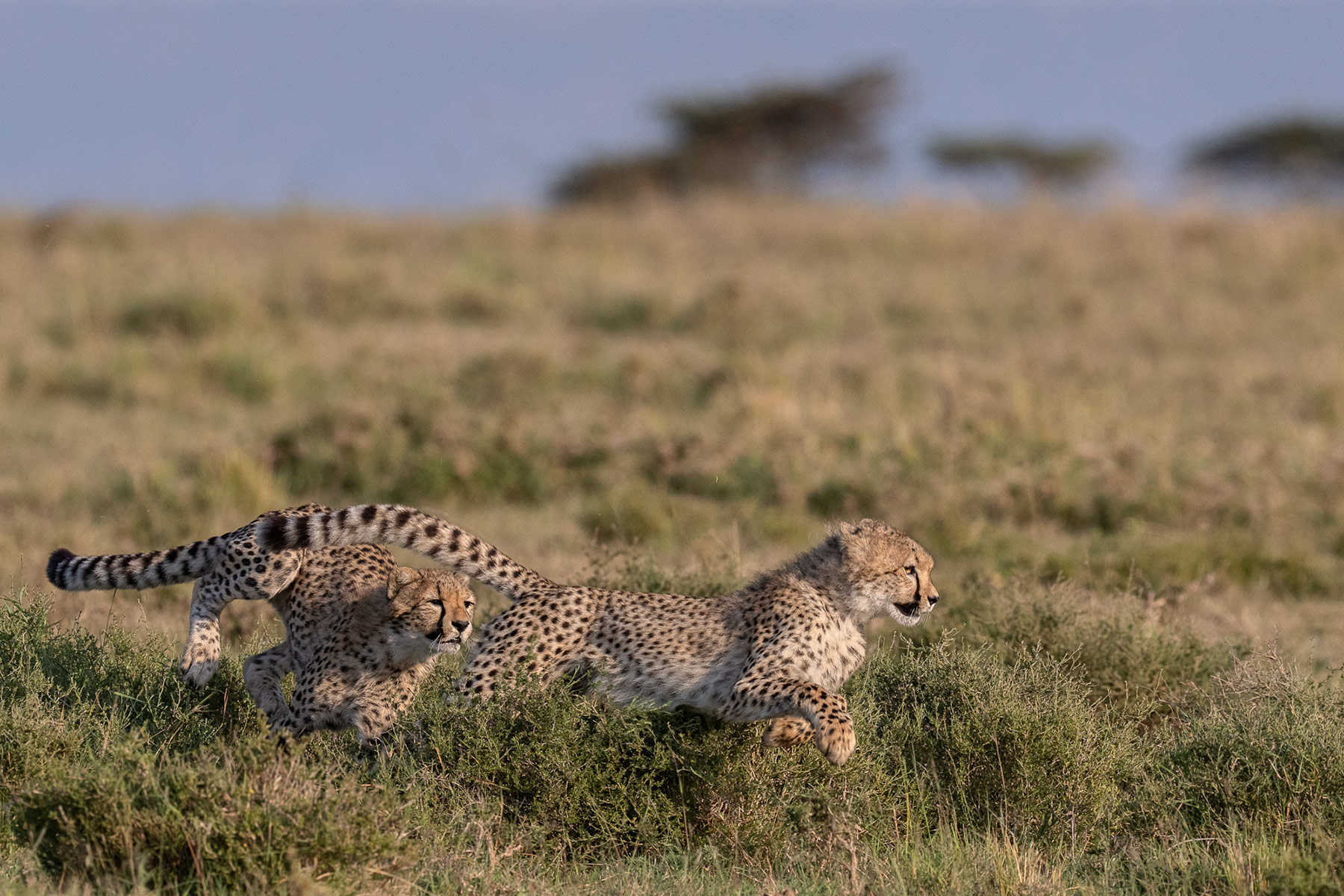
Whether you’re photographing cheetahs in Kenya or exploring familiar spaces closer to home, this approach challenges you to think more broadly, tell richer stories, and create photographs that go beyond what’s expected.
See more of Jon McCormack’s work at jonmccormack.com or on Instagram, @jonmccormackphoto.
Get Annual Subscription